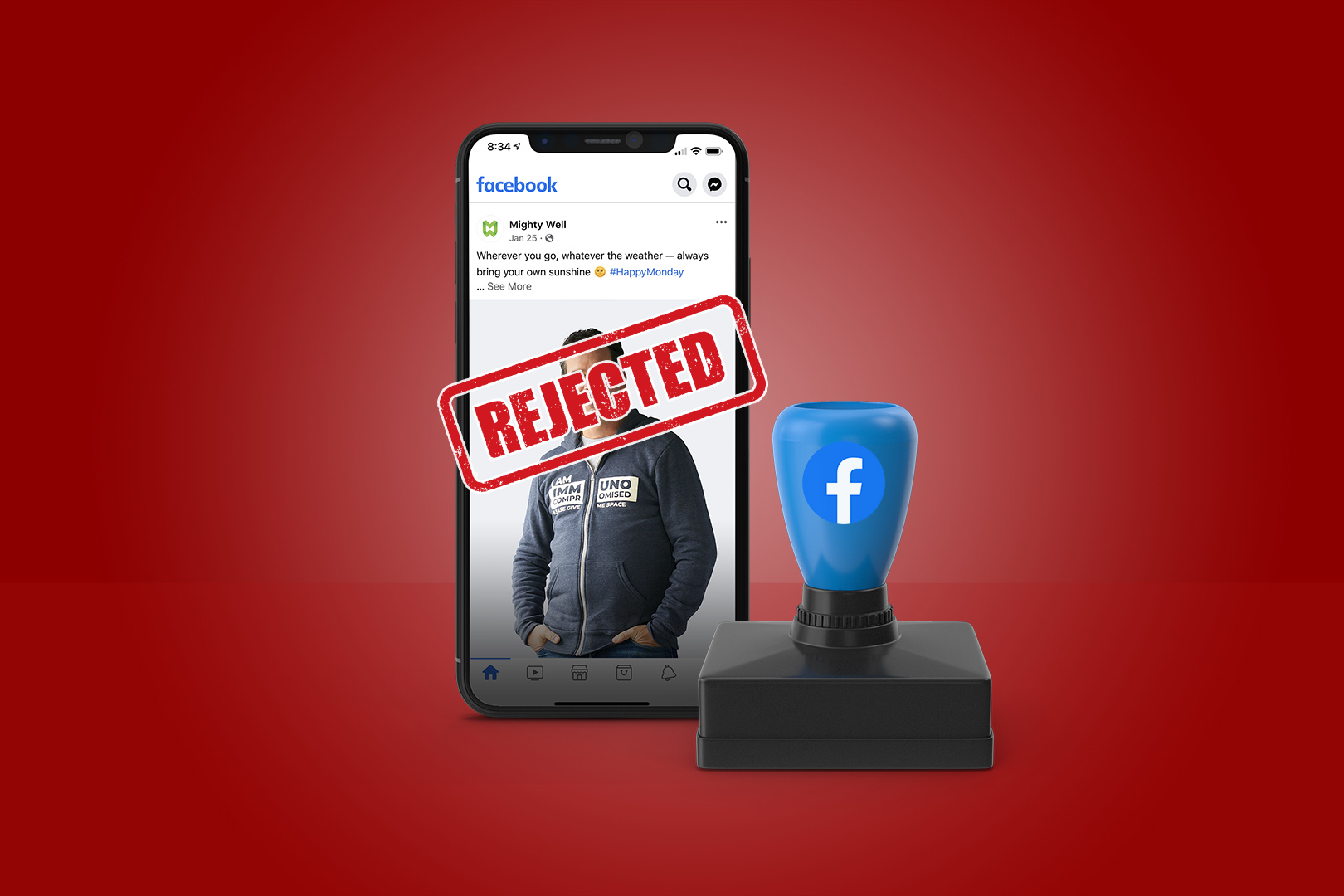A couple of our favorite things about digital advertising are the ability to reach an intended audience more precisely, and to more accurately measure the Return On Investment (ROI) for each ad that is placed. Not only does this data help advertising be more impactful, it gives us data to better strategize future advertisements as well.
Yes, tell you something you don’t know, right? Did you know that Google offers conversion tracking for offline data too? Google Offline Conversion Tracking helps track things like offline sales, phone calls, form submissions, and downloads. And although it’s there for anyone to access, we’ve found many companies underestimate the value of tracking offline conversions.
Why Offline Conversion Tracking is Important
Without tracking offline conversions it can be hard to tell the quality and value of the leads that the ads are driving. This data can also provide better insight about the Return On Advertising Spend (ROAS) of a campaign. Analyzing where and how these conversions are happening will help to get the most out of an advertising budget, and improve a bid strategy.
For example, let’s say someone clicks on an ad that takes them to a landing page about a specific product. If they read about it, then call a sales rep and give their information, you can have the whole process tracked. It can help you know how the sales call went, and where that customer is in the funnel, and it can all lead back to data on how the original ad is working.
How to Improve Offline Conversion Tracking
Depending on the needs and intended outcomes for Google Ads, each client can have varying strategies working into their ads at any given time. Our recommendation for companies to benefit from Google Offline Conversion Tracking would be to integrate their CRM data with Google Ads. You can find out more about how to import that data here.
This process allows for data and feedback to work together, and help get the highest performance and reach out of the Google Ads that are running. But there are caveats to how this can work properly. For example, ad content from CRM data cannot imply the knowledge of personally identifiable information or sensitive information about your customers.
As with original ad strategy, knowing what to include and exclude can differ depending on your brand and targeted needs. But the more data points that can be analyzed the more improved the contact points can become, leading to increased conversions overall.
